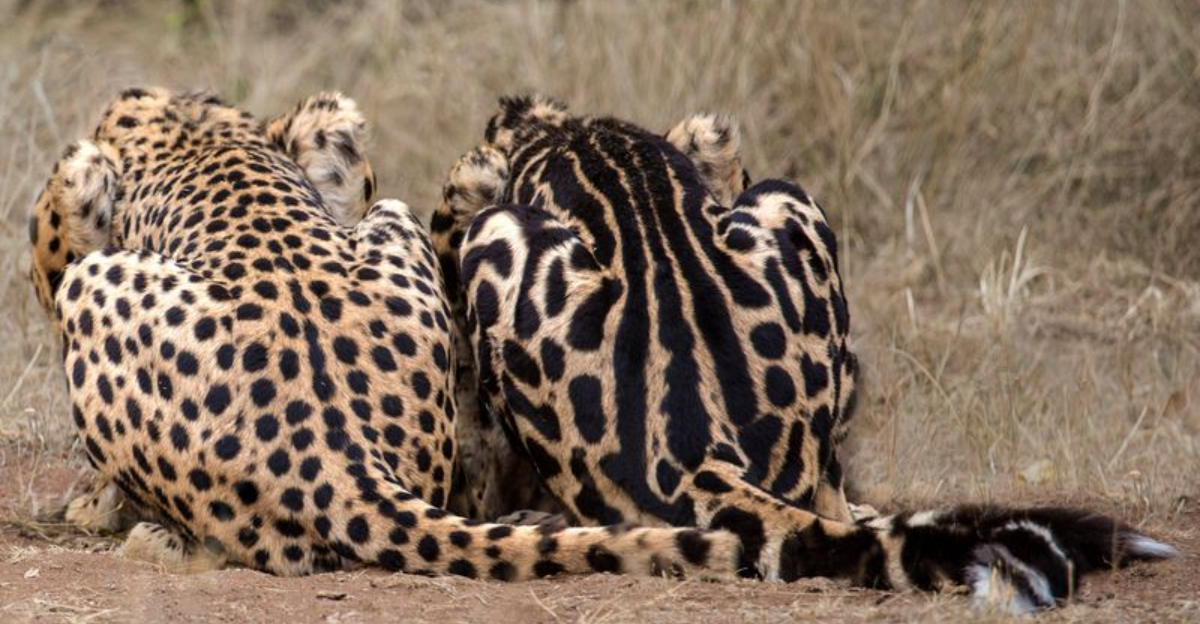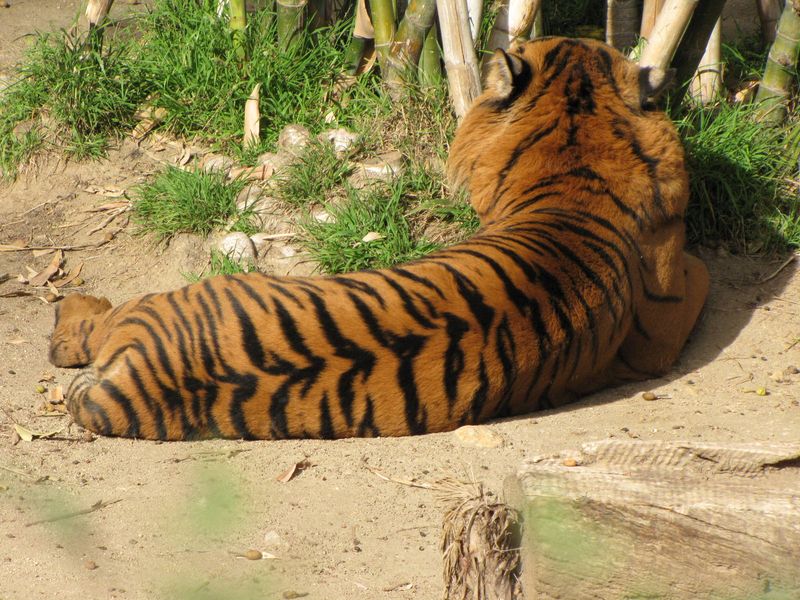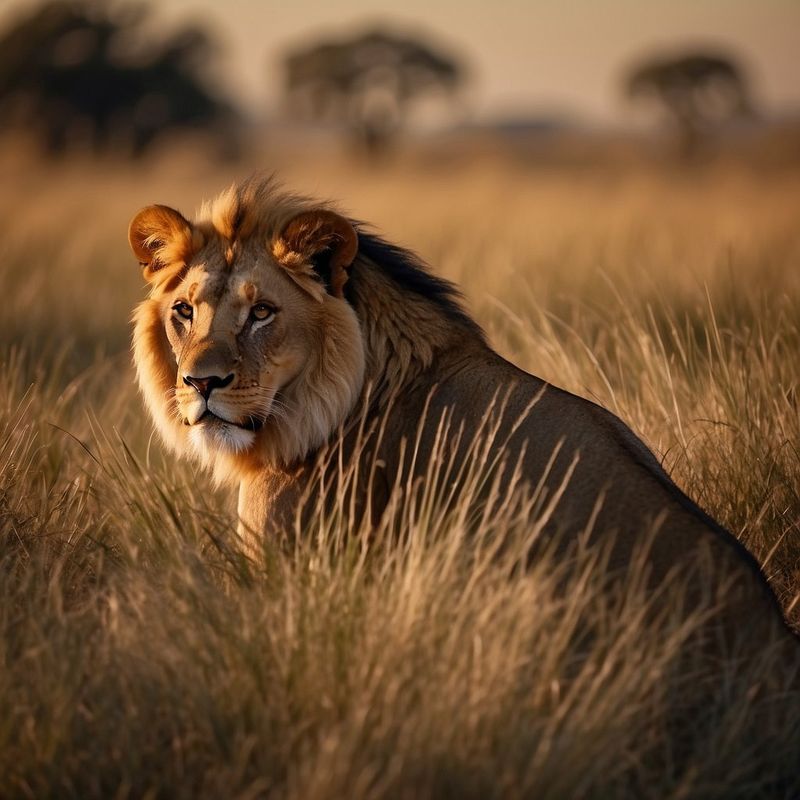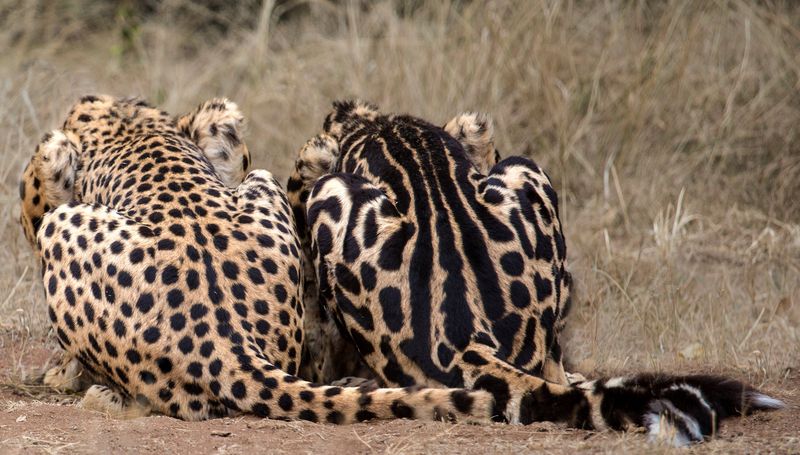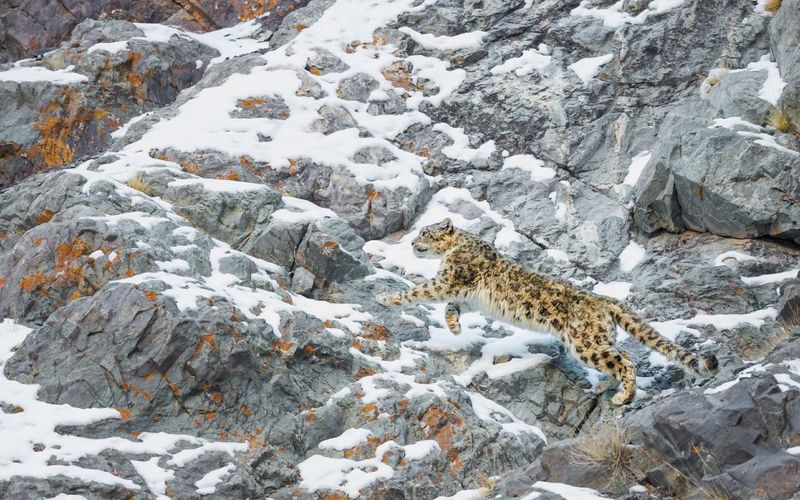📖 Table of Content:
Have you ever wondered why some big cats are covered in rosettes, others in bold stripes, and some in sleek solid coats? These striking patterns aren’t just for show—they’re the result of millions of years of evolution, perfectly tuned for survival. In this post, we explore the science and history behind the diverse coat patterns of big cats. From camouflage in dense jungles to signaling and genetic inheritance, discover how spots, stripes, and solids evolved—and what they reveal about each species’ unique lifestyle and environment.
1. Spotted Patterns
Big cats like leopards and jaguars are masters of disguise, thanks to their spotted coats. These irregular patterns act as nature’s camouflage, breaking up the animal’s outline in dense forests. This evolutionary tactic not only shields them from predators but also gives them the stealth needed to surprise prey. Imagine a leopard silently navigating through tangled branches, its spots mimicking the dappled light that filters through the canopy. This adaptation is crucial for nocturnal hunters, allowing them to move through complex terrains undetected.
2. Striped Patterns
Tigers wear their stripes like a badge of honor, each stripe as unique as a fingerprint. These vertical lines are more than just striking; they serve a vital role in survival. In the dense vegetation of jungles, stripes help tigers blend in seamlessly, making them nearly invisible to both prey and rivals. Picture a tiger prowling through the tall grasses, its stripes mimicking the vertical stalks around it. This adaptation is rare among big cats, reflecting the tiger’s unique ecological niche and hunting strategy.
3. Solid Colors
Lions, with their majestic manes and solid coats, are the kings of the savanna. Their plain coloration is perfectly suited for open landscapes, allowing them to blend effortlessly against the golden grasses. This adaptation aids in stalking prey during daylight hours, a task that requires both precision and patience. Visualize a lioness crouching low, her coat merging with the horizon as she closes in on a herd. Unlike their patterned cousins, lions rely on solidarity and teamwork, showcasing another facet of evolution’s brilliance.
4. Genetic Basis
Did you know that a single gene can decide whether a big cat has spots or stripes? The Taqpep gene holds the secrets to these mesmerizing patterns. In cheetahs, for instance, mutations in this gene can transform spotted coats into a more stripe-like appearance. This genetic blueprint doesn’t just influence aesthetics; it’s a key player in the survival game. Imagine the silent dance of genetics determining whether a cub will inherit spots or stripes, shaping its destiny in the wild. Evolution, intertwined with genetics, paints these magnificent creatures.
5. Unique Adaptations
Among big cats, some adaptations are truly extraordinary. Consider the snow leopard, whose thick fur and spotted coat blend perfectly with the snowy terrain. This camouflage is not just for hunting; it also provides insulation from the cold. Imagine a snow leopard perched on a rocky outcrop, its coat mirroring the snow-dusted landscape. Such specialized adaptations highlight the intricate dance between environment and evolution, where each feature is honed for survival. These unique traits underscore the marvel of natural selection in crafting perfection.
